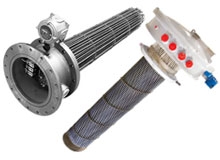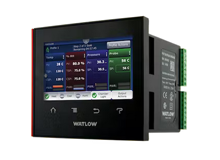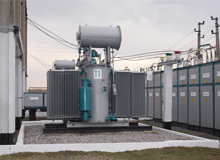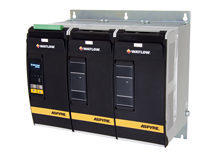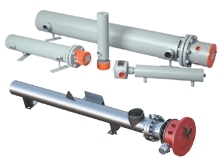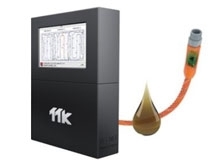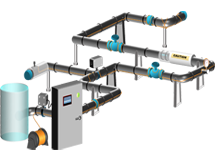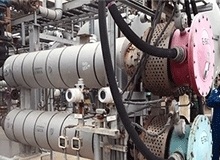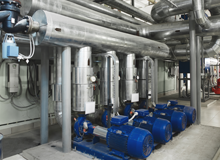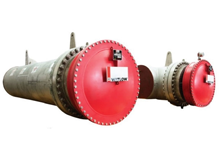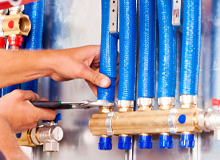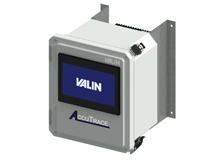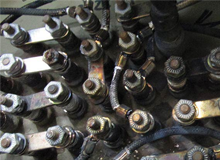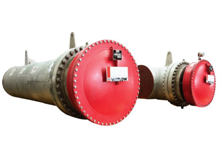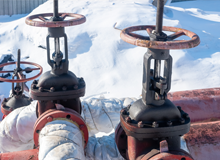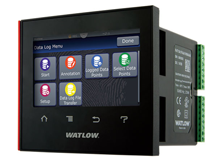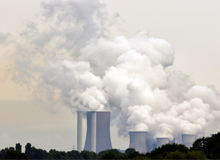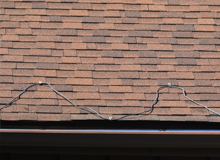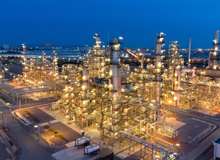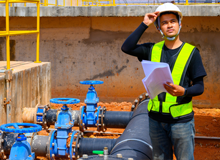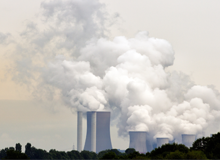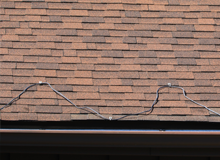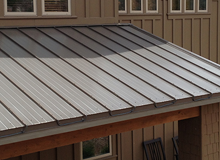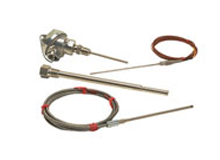Resources
Process Heat
Taking a systematic approach to specifying a tank heater can help ensure the equipment specified delivers the heating performance desired. Factors to consider include the amount of energy needed, heat loss, direct or indirect heating, materials of construction, and controls.
There are many types of options to sift through, and keying in on the ones that benefit your process the most will guide you to the most appropriate controller.
The first step to solving a problem is recognizing that one is present. An operations team cannot adequately put a sufficient maintenance plan in place if there is no awareness that maintenance is required.
For any process where temperature needs to be monitored or controlled, a thermal loop is required. Typically, a process that contains a thermal loop includes some key elements: the process itself, the temperature sensor or transmitter, the temperature controller and the power controller.
In this article, featured in Process Heating Magazine, Ryan Kraus discusses the various criteria to consider when selecting a circulation heater.
A fuel leak in any part of a generator set can potentially be a catastrophe for the operator. But the issue can be tackled.
Most facilities in the chemical process industries (CPI) require some form of heat. The amount of heat required and the necessary level of consistency can vary from process to process. Regardless of the details, engineers must decide on a heating source that works best for a particular process.
In terms of what matters to most in the field today, it is safe to assume that reliability, flexibility, accuracy and cost are at the top of the list. With these factors in mind, implementing a silicon-controlled rectifier (SCR) control system for an electric heater is often an optimal approach.
Maintaining a consistent internal environment for your enclosures is critical for equipment to function properly. The National Electrical Manufacturers Association (NEMA) has defined standards for specific enclosures designed for the application and environment when correctly installed. Learn more.
Reducing the amount of hydrocarbon leakage from compressor stations is not only imperative for the environment, but for your bottom line. Compressor-related emissions can be reduced by using electric heaters to heat the pressurized natural gas.
There are several different processes that require a product to flow through a pipe from one piece of equipment to another. A certain level of heat is often required for this process piping, and this heat must be at very high levels for many applications.
Achieving effective catalyst regeneration requires a process that produces a very high level of heat in a very efficient manner. Over the years, there have been several different approaches to create this required heat. Traditional steam and heated transfer media have limitations. Learn more.
Laying out an effective heat tracing design requires careful attention to detail. Every aspect of the system must be meticulously considered, including both the temperature requirements of the fluids being protected as well as the physical characteristics of the equipment being heat traced.
An operator in a fluid handling process is only as effective as his ability to work with a given controller. If there are factors that keep this individual from doing what is necessary for a smooth operation, adjustments need to be made.
Premature heater failures can lead to unexpected process downtime. Tactics such as testing, planned replacement programs and preventing moisture ingress can help prevent premature heater failures.
A plant operator’s biggest fear is an unplanned shutdown. The process can place a heavy amount of stress on both operations and maintenance personnel. Alternatively, taking full advantage of a planned shutdown or turnaround is critical.
Developing a strong preventative maintenance plan for plant shutdowns and turnarounds is the best way for operators to minimize the risk of equipment failure, which can lead to unnecessary shutdowns and ultimately, higher costs.
With the cold months on the precipice, November is a great time to review the actions that plant managers and operators should take to better ensure a winter free from incident.
Thermocouples and controllers themselves do not prevent a failure from occurring. What they can do is create a temperature profile for a heater that can be used as a maintenance log.
In today's coal-fired power generation plant, one element of critical preventative maintenance is keeping everything at a temperature that will prevent instrumentation from freezing. Learn more about the successful application of heat trace solutions in coal-fired power generation plants.
In applications requiring heated concrete to prevent snow or ice accumulation, the ideal solution is mineral insulated heat trace cables embedded in concrete.
In environments with persistent cold weather, ice buildup on flat commercial roofs is both a safety hazard and a costly liability for many businesses. There are three main roof drainage systems used by commercial facilities: drainage, scupper and traditional pitch and gutter drainage. Learn more.
Tasked with increased demand for high power output, many operators in North American sectors such as power generation, oil and gas, petrochemical and chemical have been challenged by low-voltage solutions and their associated logistical challenges.
Considering the number of variables, gaining precise control of a process heating application can be a difficult task. In industries with a high demand for consistent quality, controlling the temperature of a substance from the start to the finish of a process is an absolute necessity. Learn more.
Proper treatment of boiler systems when they are off line is a constant concern for those managing and overseeing the operations of a power plant. Many power plants are known in the industry as peaker plants, meaning they are not running constantly.
The Snofree Roof Panel System protects against ice formations and resulting water damage. The material, shape, and mass of its extruded aluminum core and steel enclosure maximizes the transfer of heat and minimizes energy usage.
Valin Corporation has introduced the from Heat Trace Specialists, which is designed to protect facilities against ice formations and the resulting water damage. This product is part of the company’s heat trace technology solutions for commercial and residential markets.
A temperature sensor is a key component of any process heating application as it provides temperature feedback about the process, which can be used to monitor or control the process
A lesson for me is that I need to involve you earlier in the program.
You were tireless in your support and it will not be forgotten!

